September 2020 PODs
Bill’s “Pictures of the Day”
from September 2020
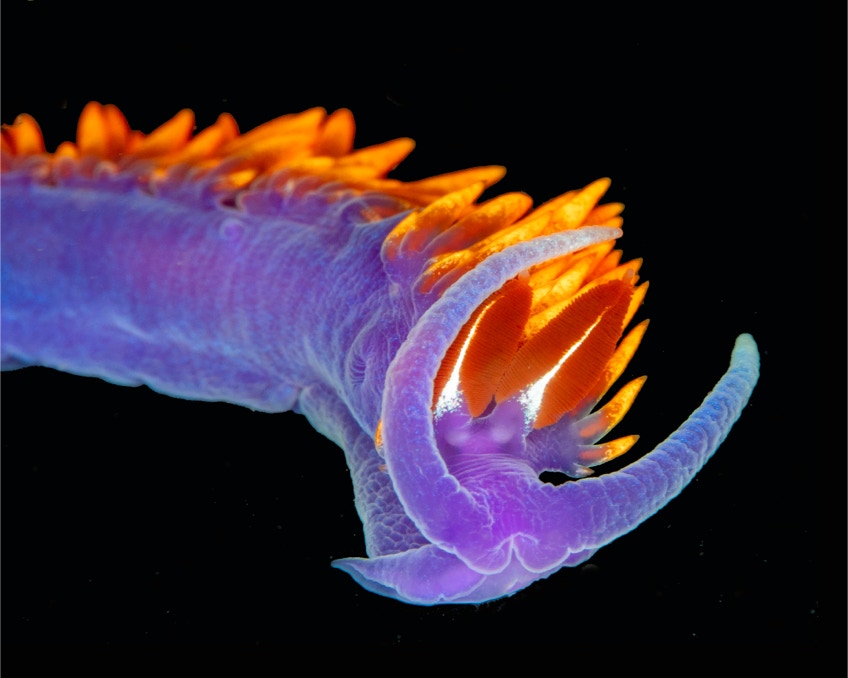
My newest stage is convertible i.e. I have about 15 colors/textures that can screw into a single base. Here is a matte black piece of silicone rubber with a nice little Spanish Shawl sitting on it.
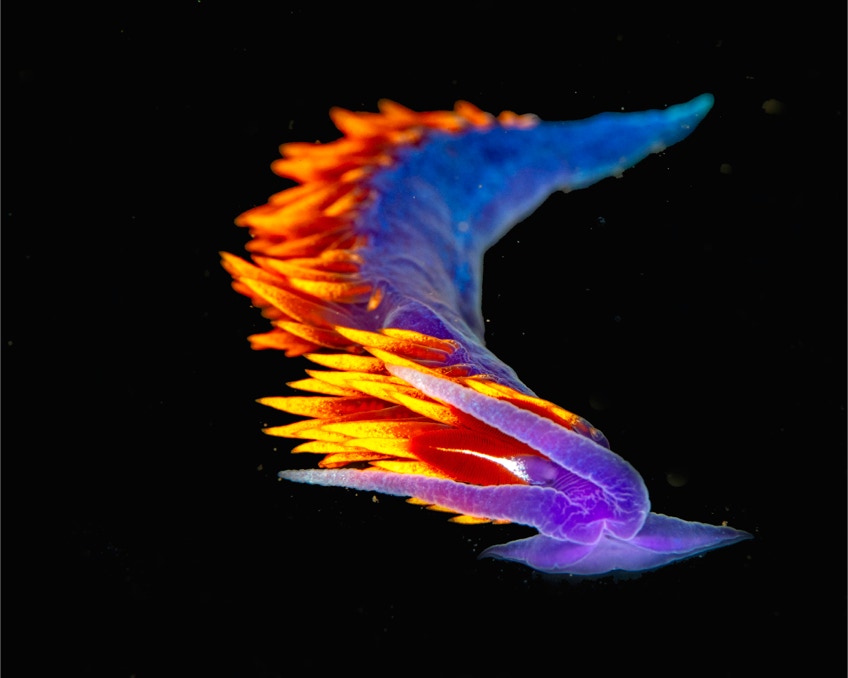
Hanging on in the breeze. Here is a Spanish Shawl on the matte black silicone rubber stage.
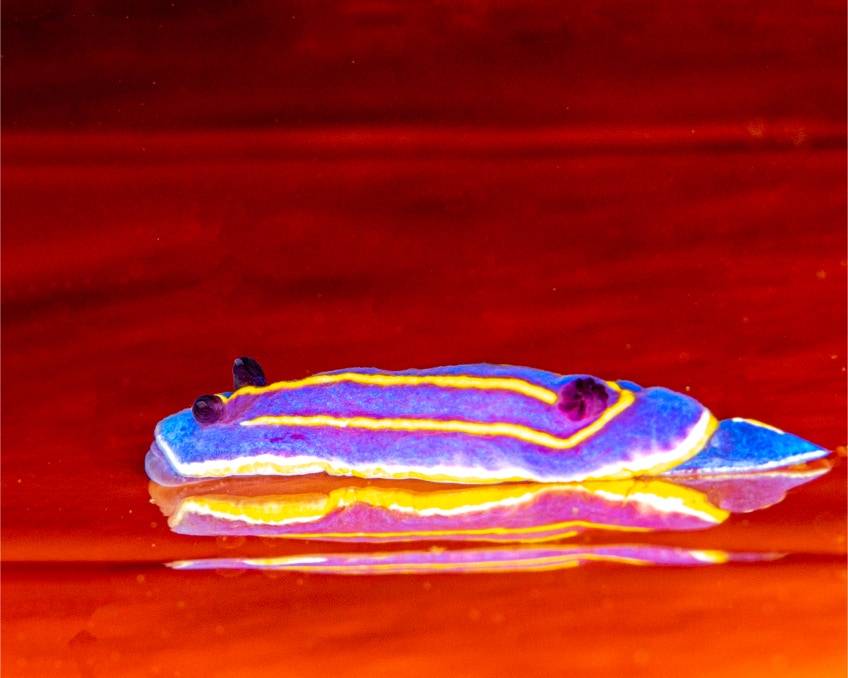
Dove on Sunday with friends on the Giant Stride. Here is a nice Macfarland sitting on the Lava Stage.
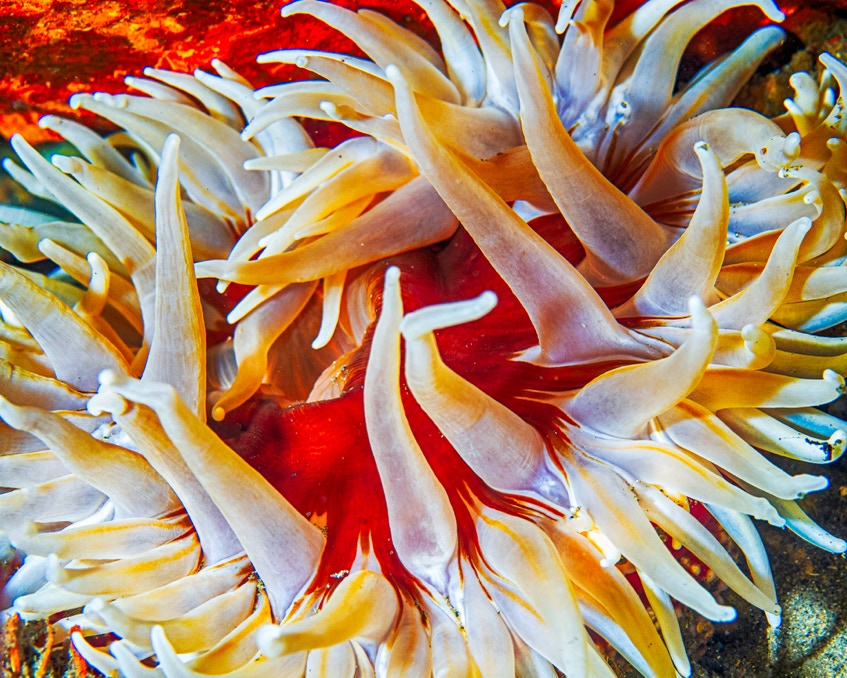
Here is a nice little fish eating anemone (Urticina piscivora (I think)) from our dive yesterday at the African Queen. These guys have a very cool protein (UPL) that causes the heart of the fish they catch to stop beating and this allows them to eat the fish at their leisure. The protein is being investigated for potential antimicrobial use (yes I know that microbes don't have hearts) so another potential useful compound from the undersea world.
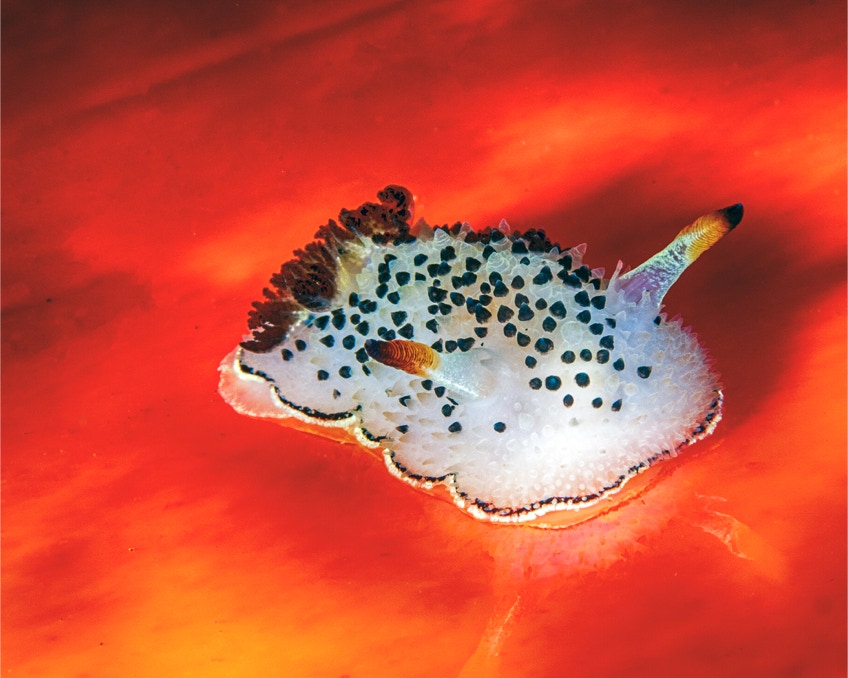
Here is a nice big (for a nudi) rhodoceras on the lava stage. Nannette found this guy on our dive on the African Queen with friends yesterday on the Giant Stride.
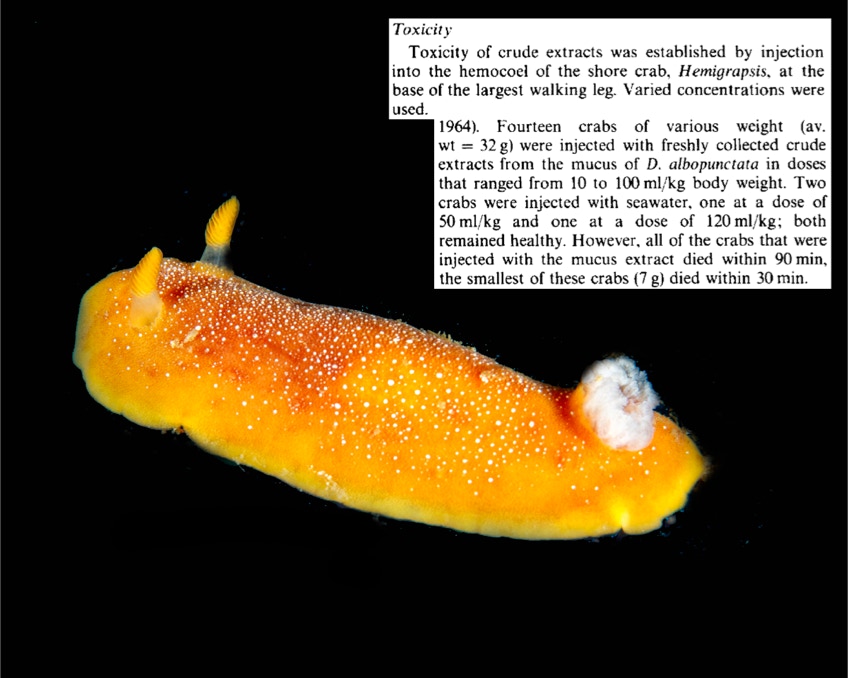
Here is a nice little D. albopunctata from our dive Sunday with friends on the Giant Stride. He is sitting on the black silicone rubber stage. These are interesting nudibranchs that can generate some serious toxins so don't lick them.
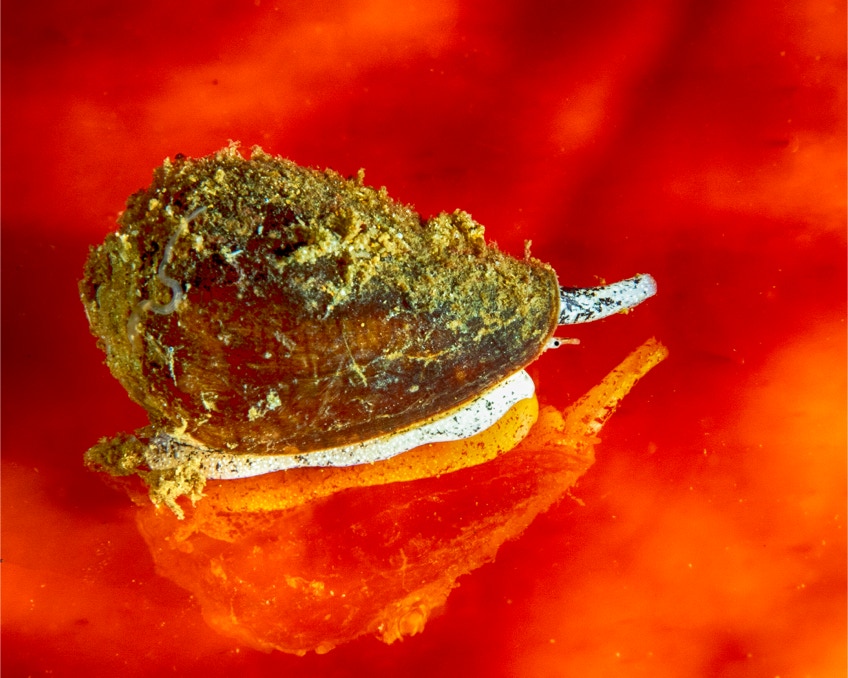
On our dive last Saturday on the Giant Stride there were tons of snails crawling around at White's Reef. Here is one who needs a shower sitting on the Lava Stage.
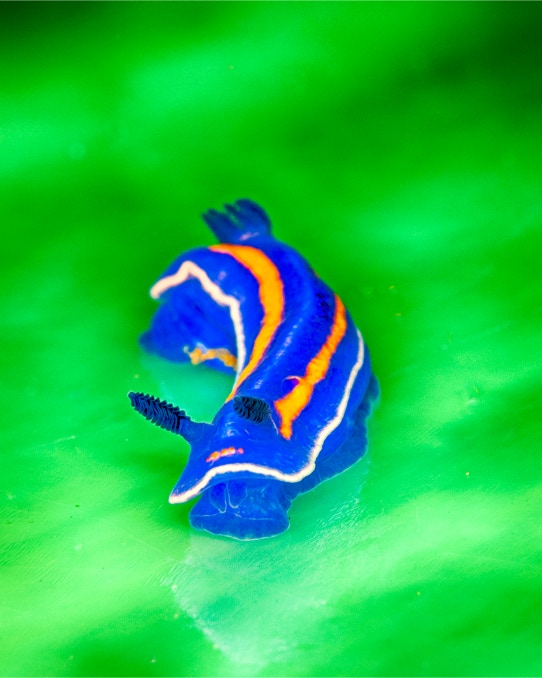
One of my new convertible stage options is a non dichroic green stage that if you shoot it at a very shallow angle kind of looks like the Aurora. I am not sure I like it at all but you gotta try. Here is a nice little Porter's on that stage.
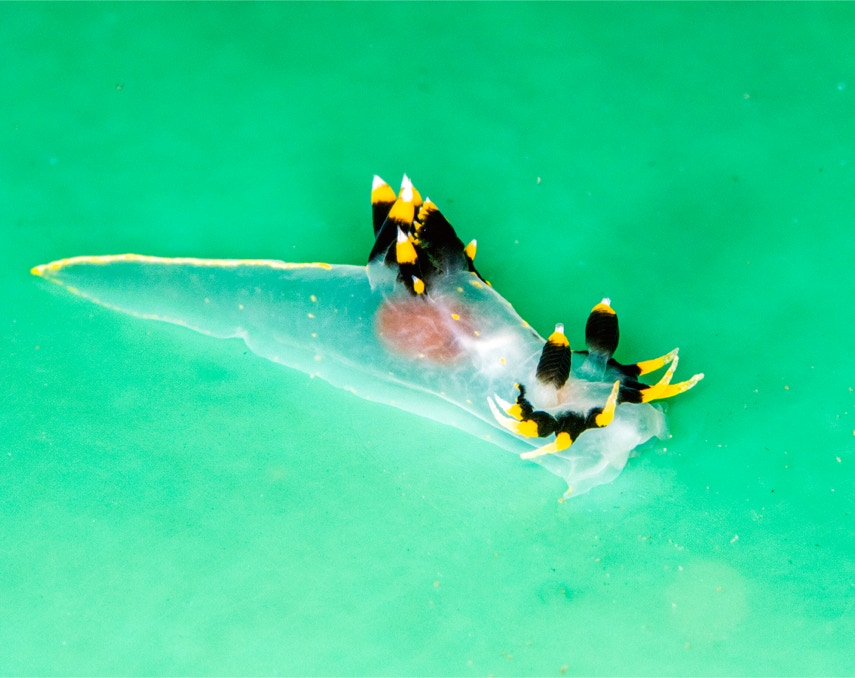
Here is a nice little Polycera tricolor on the aurora stage.
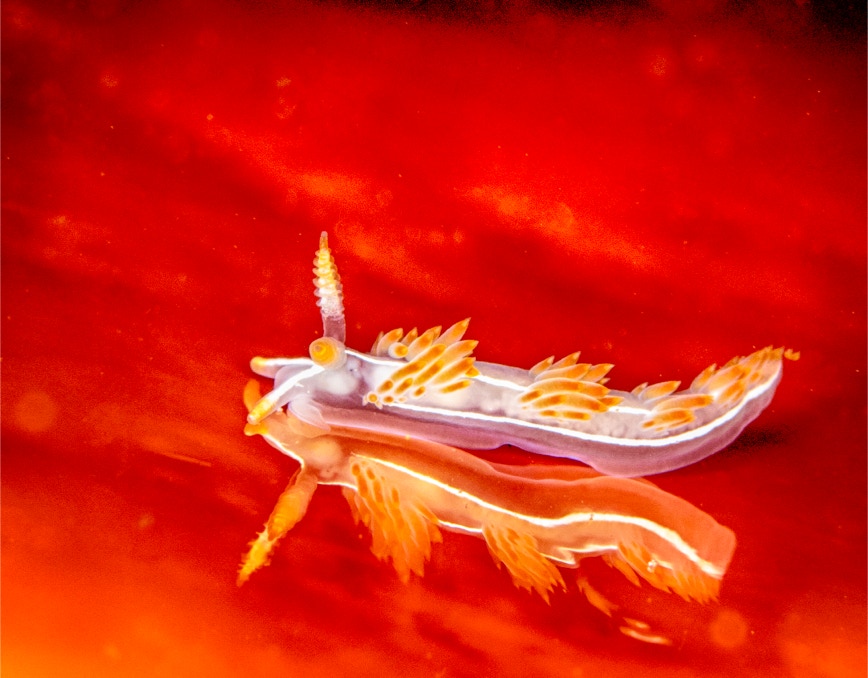
Here is a nice little Orienthella trilineata (used to be Flabellina) sitting on the lava stage from our dive last weekend on the Giant Stride.
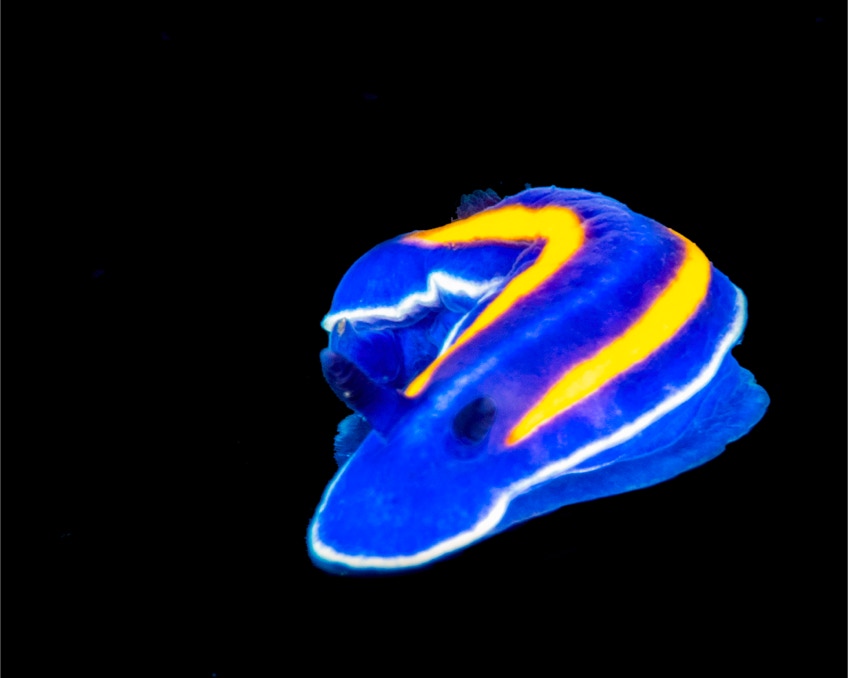
Here is another Felimare porterae from our dive last weekend. Here he is on the black silicone matte surface.
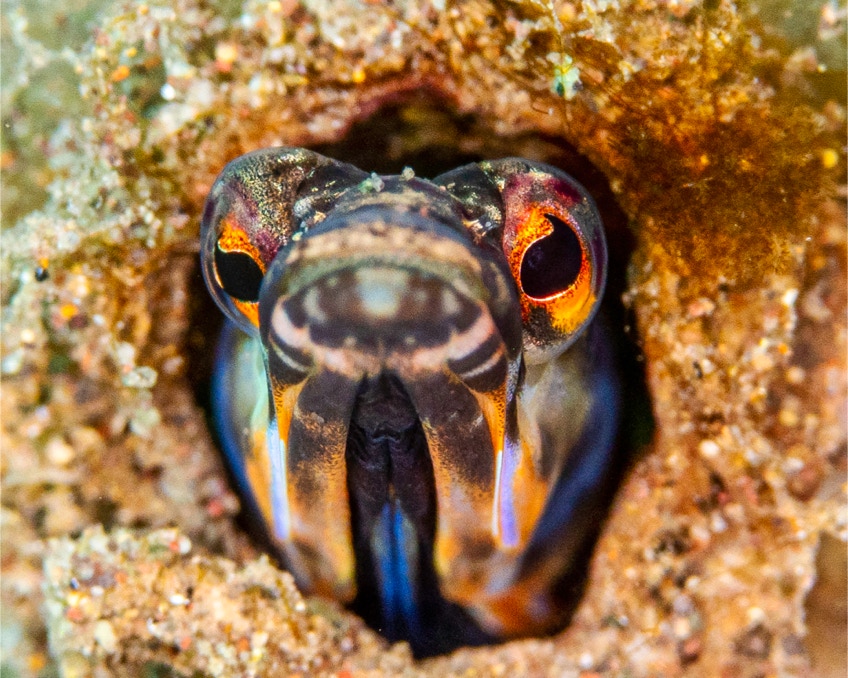
On Saturday we went to Catalina (a rarity for us) to look for mantis shrimps. We found them and some orange throat pikeblennies as well. I didn't get the great shot that our friend Jeff got of him on full display but here he is looking at me from his hole. These guys are unusual in the blenny world, they have a very fixed diet, mostly of shrimps that they catch with their large mouths as the shrimps swim by.
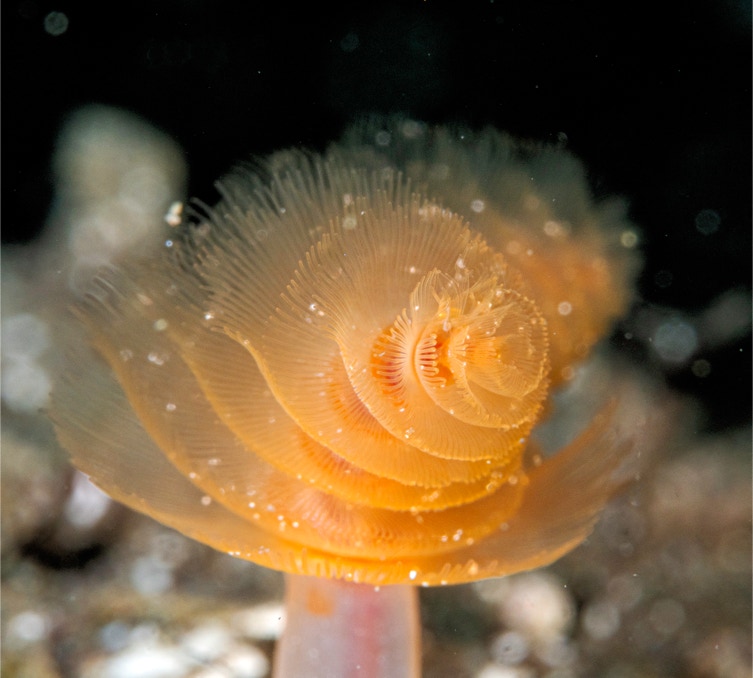
Here is a nice little Phoronopsis californica from our recent dive on the Giant Stride at Catalina with our friends. This little guy looks like a Christmas tree worm but is in fact a horseshoe worm. He feeds with the word of the day "iophophore" which is the bit that looks like the spiral. In this picture you can see lots of little bits stuck in the cilia, they will get moved to his mouth.
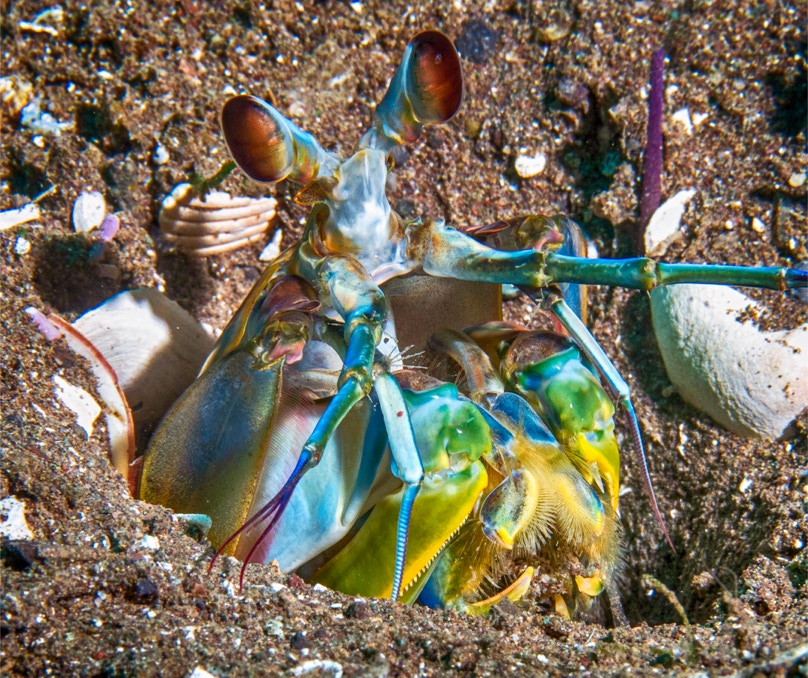
We found our Mantis. Here is the "best" of mine. Not out of the hole.
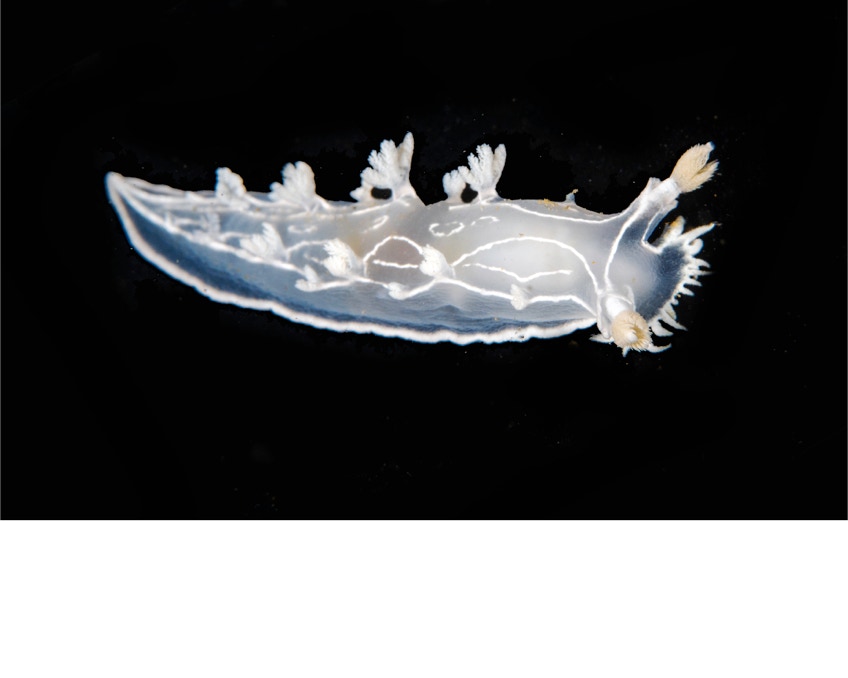
Here is a nice little Tritonia festiva (he is a bit dirty but most of them were) from yesterday's dive on the Giant Stride with friends, sitting on the black felt stage. This felt is what astronomy types use to kill stray light in their telescopes. Pretty black but still needed some LR help.
The Tritonia are wonderful organisms that let us understand more about how brain plasticity works.
From a paper by Hill and Colleagues showing that even in nudibranchs that were thought to have pretty hardwired behavior, there is a lot of plasticity in how they learn:
In summary, our present finding of variably bursting neurons in networks mediating highly
stereotypic behaviors in three different species is consistent with the idea that brain networks
may be more fluid in their moment-to-moment structure than has been generally appreciated.
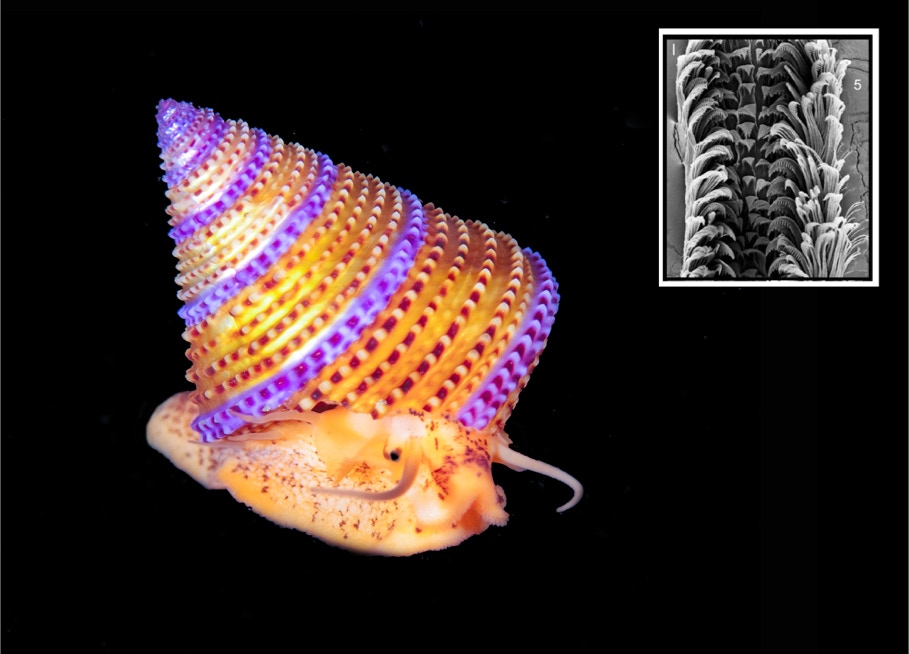
Here is a nice little blue ring top snail, thank you Walter and Nannette, sitting on the black felt stage. This little guy was zipping around quite fast; I had to work hard to get him head on. The inset shows an SEM of his teeth; perfect for eating kelp, nudibranchs and sometimes dead stuff.
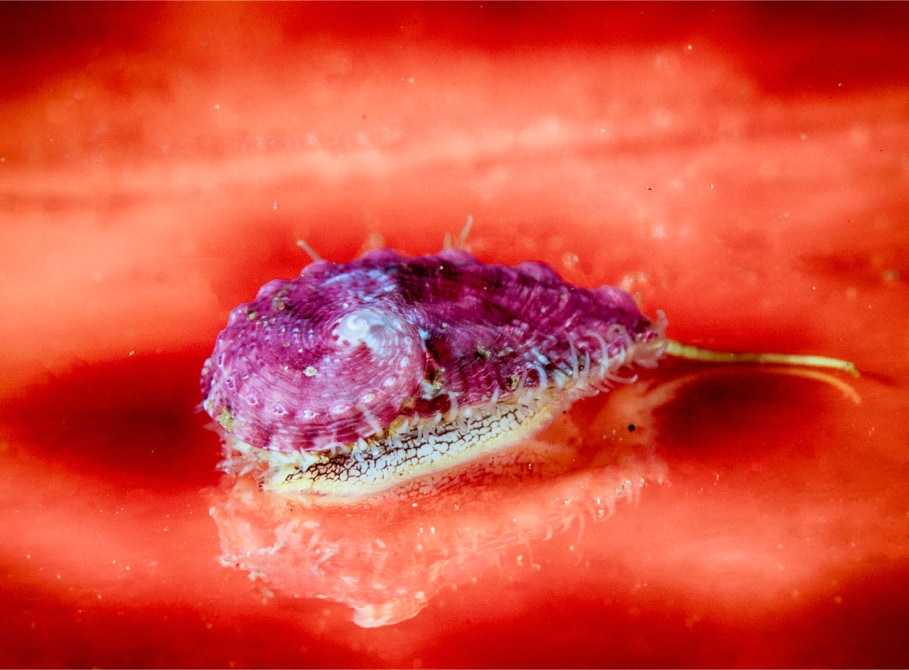
Here is a nice little pinto abalone (a baby) sitting on the lava stage. This guy can move very fast. From a paper (Donovan D and Carefoot T.) on how much energy it needs to move so fast: “Together, these changes translated into a 50% decrease in the pedal sole area in contact with the substratum at a maximum escape speed of 15 shell lengths min-1, relative to the pedal sole at rest.” I wanted to get his eye in the frame, at least I got it on the reflection.

















© 2020-2025 Nannette and Bill Van Antwerp